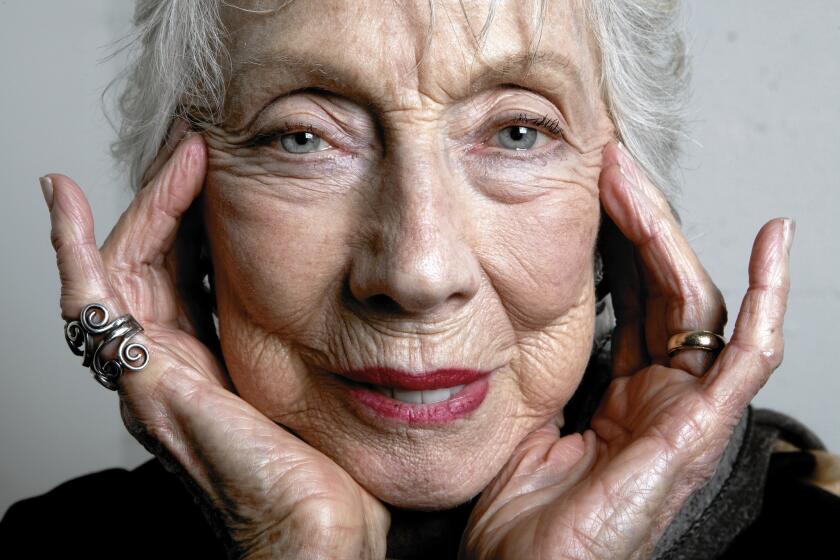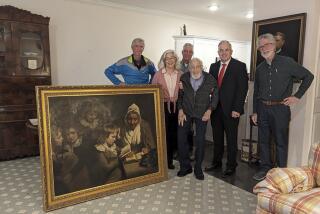Margaret Keane, ‘big eyes’ painter and subject of Tim Burton film, dies
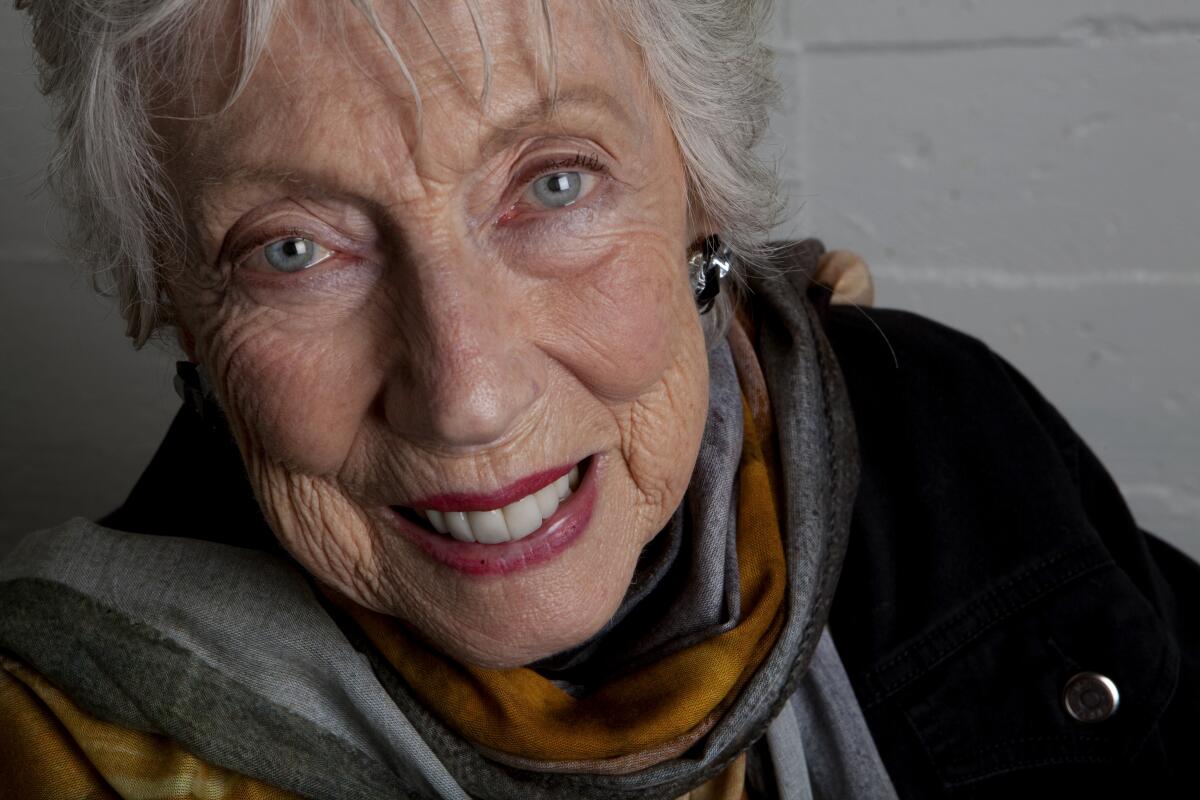
For years, they were impossible to miss — the images of the doleful, sad-eyed children seemingly hanging everywhere, from museums to discount stores. Though art critics were unimpressed, Americans rushed to cash registers to buy the artwork.
But there was a backstory to it all — a nasty divorce, a courtroom paint-off and a Tim Burton movie that plumbed the story of Margaret Keane, the artist who labored in near anonymity in a basement while her husband took credit for the kitschy, wildly popular paintings she created.
Vindicated as the creator of the big-eye paintings, Keane continued to paint and sell her artwork until her death Sunday at her home in Napa, the Keane Eyes Gallery in San Francisco confirmed. She was 94.
Keane was born Margaret Doris Hawkins on Sept. 6, 1927, in Nashville. Her first big-eye paintings emerged in the late 1950s in San Francisco’s North Beach, then a lively bohemian haven. Though received more as curiosities than serious contemporary art, there was something arresting about the images of the children, their eyes filled less with wonderment than panic, if not outright fear, that resonated with viewers.
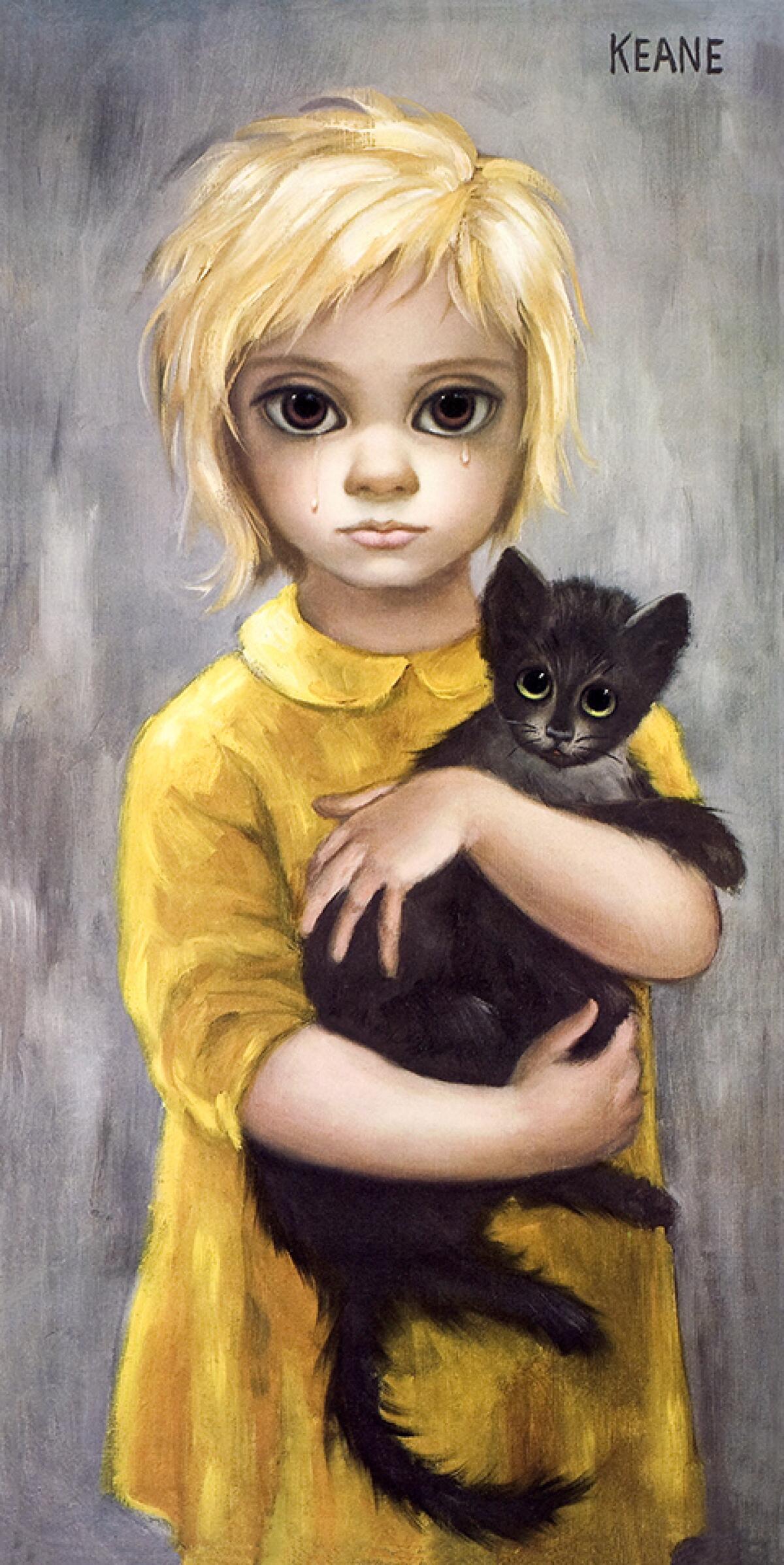
As the paintings sold — eventually by the millions — Keane’s husband Walter stepped forward and took credit for the art. A former real estate agent with a big personality and a gift for showmanship, he appeared on television shows, made the rounds at galleries from New York to L.A. and dutifully signed each painting with a simple “Keane.” If anyone bothered to ask, he described his wife as a struggling amateur.
Requests for personalized big-eye paintings rolled in from the celebrity world as well and portraits were done from photos of Natalie Wood, Caroline Kennedy, Liberace, Kim Novak and many more. Though the paintings sold for as little as $40 at the time, they now often go for thousands.
After a drawn-out and acrimonious divorce, Keane confided in a reporter in 1970 that her ex-husband had painted none of the wide-eye waifs and offered to prove it in a public demonstration in San Francisco’s Union Square. She showed up with her easel and quickly produced a classic big-eye child. Walter Keane didn’t bother to show up, though he continued to take credit for the artwork.
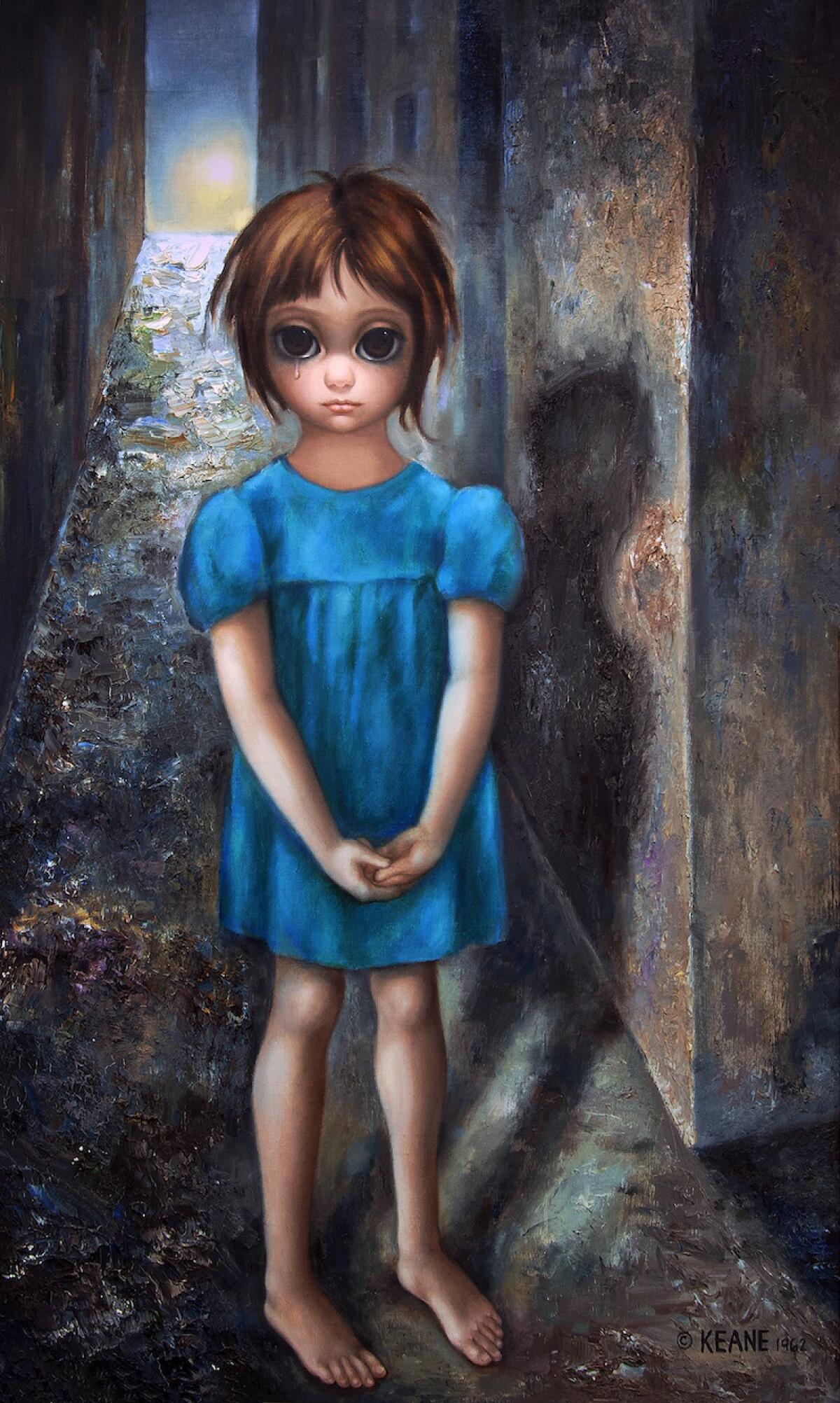
Unsatisfied, Keane filed a defamation suit against her former husband for claiming credit for her work and her attorney arranged a paint-off while jurors looked on. In less than an hour, she dashed off a perfectly executed child with baleful eyes. Walter Keane, complaining that he had a sore shoulder, didn’t lift his brush. She was awarded $4 million in damages, though he died in 2000 before paying the judgment.
Years later, Burton — whose wife was acquainted with Keane — spun her story into the life-is-stranger-than-fiction film “Big Eyes,” with Amy Adams as Keane and Christoph Waltz as her conniving ex-husband. Keane thanked him by painting a portrait of his wife, complete with big eyes.
Margaret Keane sighs softly and shifts uncomfortably in her seat.
During a retrospective of her work at the Laguna Art Museum in 2000, she spoke with The Times about the deception and the abuse she said she suffered at the hands of her husband.
“I had to keep the paint-room door locked to keep the cleaning woman and my daughter and anyone else from coming in,” she said of the basement where she painted.
“I was painting my own deepest inner feelings, and I was searching for answers,” she said. “The eyes were always asking ‘Why, why is there suffering? What is the purpose of life?’”
More to Read
The biggest entertainment stories
Get our big stories about Hollywood, film, television, music, arts, culture and more right in your inbox as soon as they publish.
You may occasionally receive promotional content from the Los Angeles Times.
